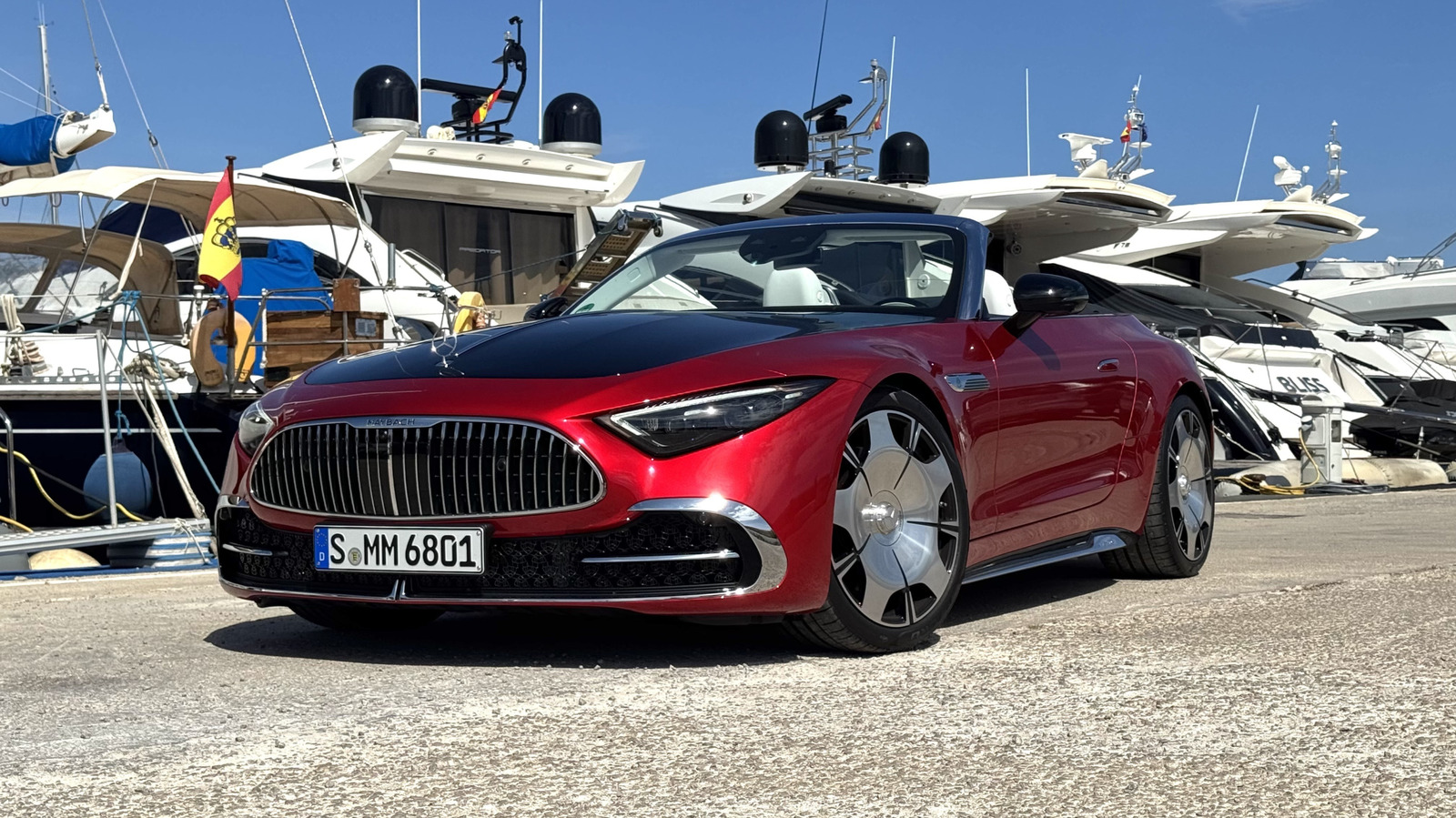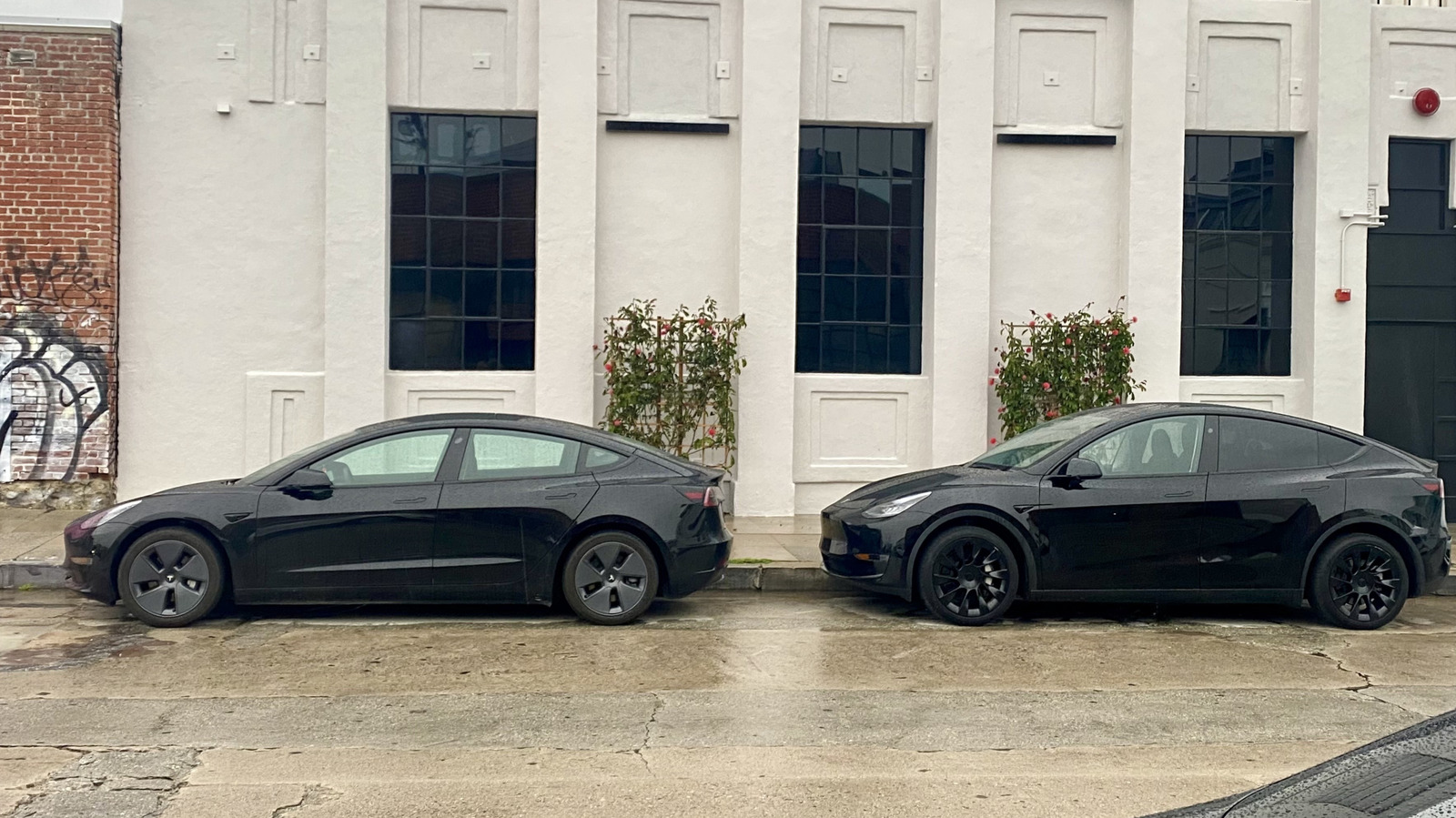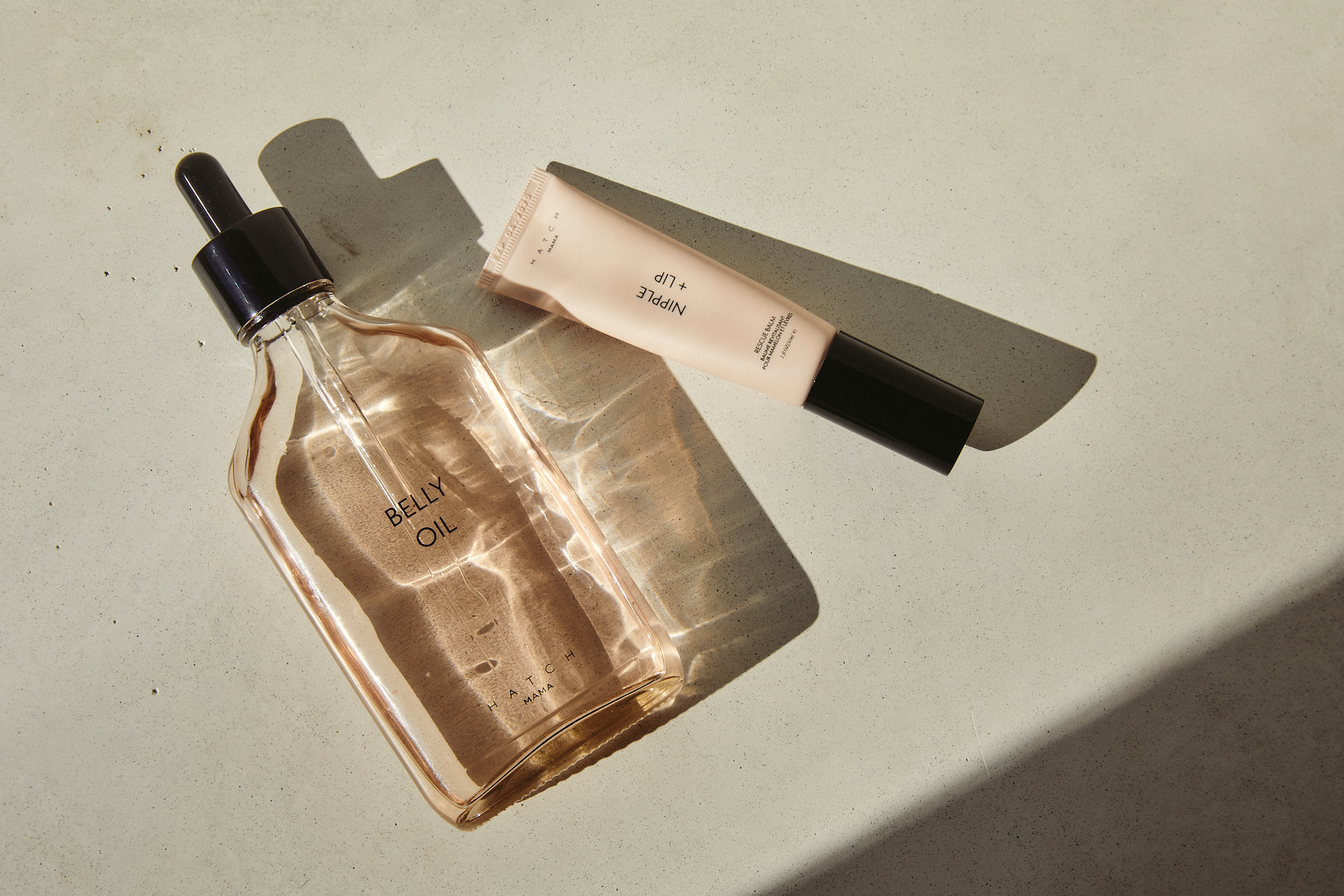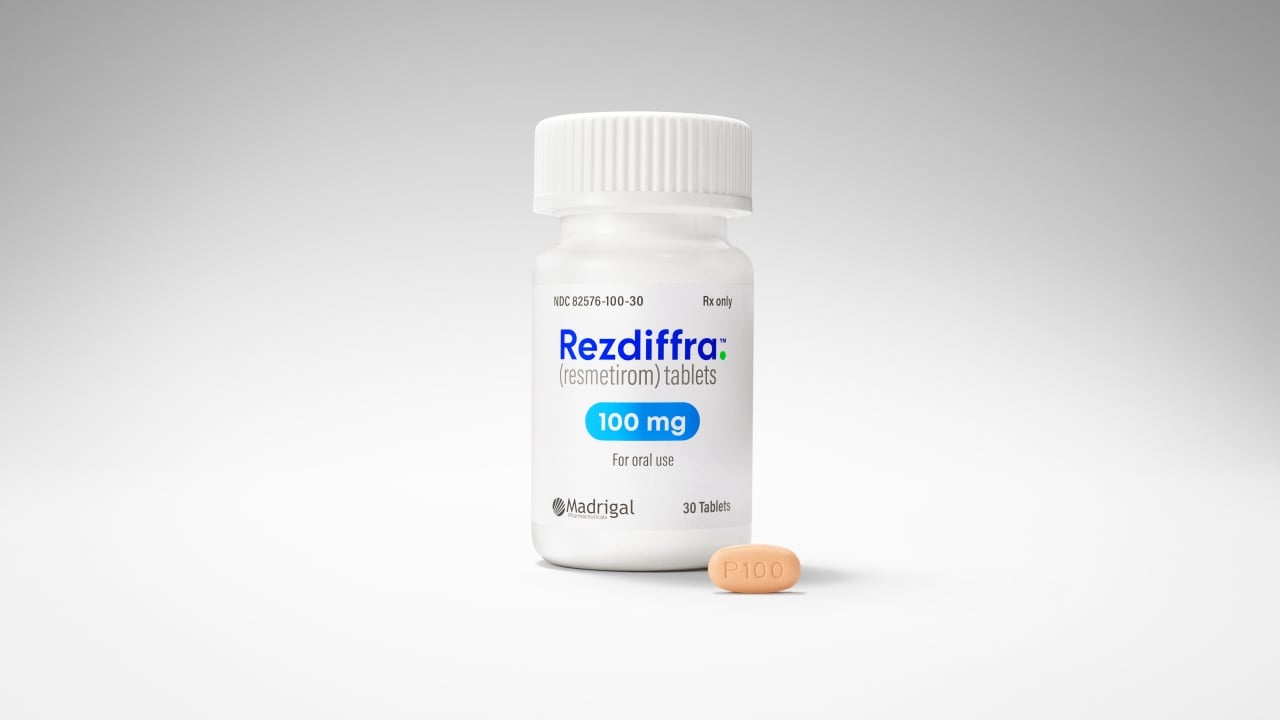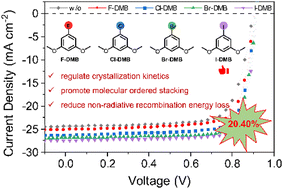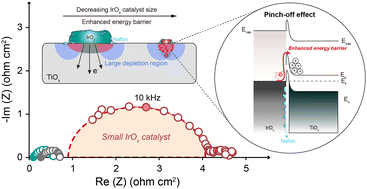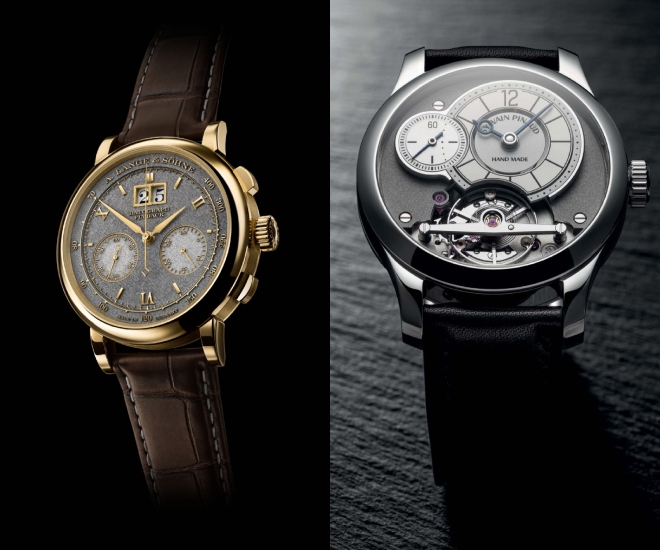Dusseldorp explains how Australian Vintage found inspiration in market surveys and coffee capsules to cater Poco Vino – its new small format range – to the needs of the market.
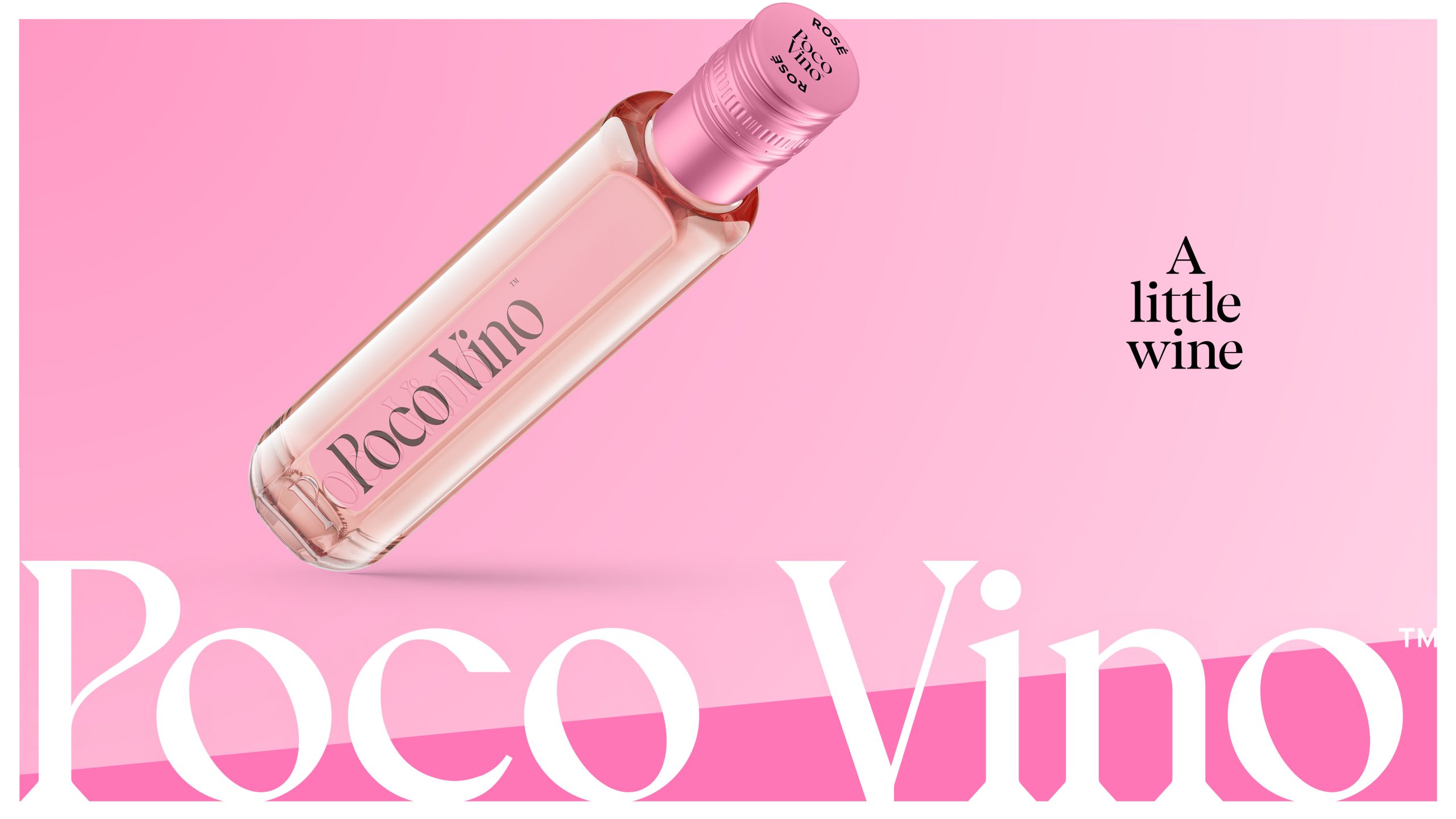
“Poco Vino is not actually a wine-led brand. It’s a format solution for consumers that need a problem solved,” says Tom Dusseldorp, chief commercial officer and
recently appointed CEO at Australian Vintage. In an industry that focuses on authenticity and origin, it is a bold admission. Yet Dusseldorp is unambiguous in believing that the wine industry – “trapped in a vicious cycle of rinse and repeat” – needs to innovate. Poco Vino, a 187ml glass tube adorned with punchy colours and embossed details, is his proposal.
“When you’ve freed yourself from the restrictions of current brands and stories,” he says, “you have the permission to go off and create something very different.” The launch offers quickly recognisable styles and varieties in an unfussy presentation. The distinctive tubes will arrive in their first markets – the UK and Australia – this year.
In its difference, Poco Vino addresses some of the industry’s most pressing issues. Australian Vintage turned to research to identify the problems a new product might solve: wasting wine that is not finished, drinking less for reasons of wellbeing and the standard 750ml bottle limiting choice, among others.
The solution, it seemed, was to create a small-format brand that offered drinkers flexibility and convenience. Once Poco Vino was created, Australian Vintage turned to a 3,000-strong survey group to see if it would strike a chord with consumers. Purchase intent across target markets sat at 80%–90%, while 49% would buy in addition to their usual wine purchases. Dusseldorp was thrilled: “I don’t think I’ve ever seen that,” he says.
A premium touch
The brand’s prospects seem bright, but an important question remains: why have other 187ml formats not capitalised on this potential? For Dusseldorp, it all comes down to branding. Small bottles have low quality connotations, while cans are too associated with fizz. Yet with any format, his advice is simple: “You’ve got to present yourself as premium.”
In creating Poco Vino, Australian Vintage took inspiration from all sorts of product sectors. Nespresso, with its distinctive presentation and clarity, helped influence Poco Vino’s in-store branding. The tubes sit horizontally in displays, with their colourful, concisely worded caps demystifying the experience. This also, he says, encourages a “pick-and-mix” approach, aided by its ‘two for £6’ pricing strategy.
Other touchpoints are spirits brands like Aperol, which created new opportunities for their drinks. Even the name, meaning ‘a little wine’, suggests finding an occasion. “It says what it is,” says Dusseldorp, “and it invites you with a little bit of a question.” That is clear in the marketing, suggesting picnics or dancing with a single serve ready to go.
There is even inspiration from the world of fine wine: Dusseldorp admires Penfolds for successfully drafting a premium narrative against the grain of single-varietal and terroir-specific wines. Indeed, Poco Vino is already exploring options for premium expressions and niche varieties. Maybe fine wine producers should start looking over their shoulders. “Poco Vino could go anywhere,” says Dusseldorp. “Based on consumer research and customer demand, Poco Vino volume could be as long as a piece of string.”
Poco Vino will be on sale at Morrisons in the UK from July this year.
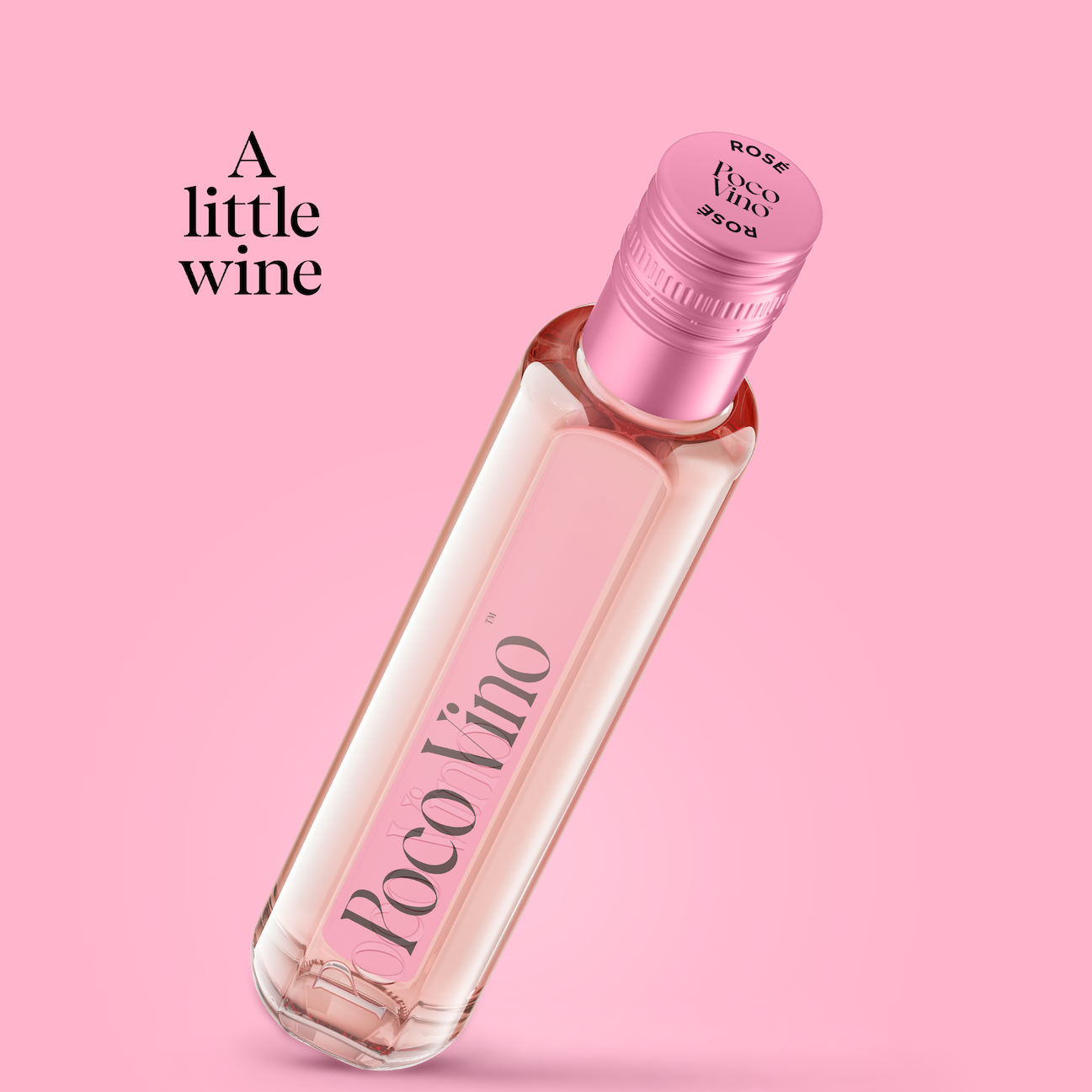
 “Poco Vino is not actually a wine-led brand. It’s a format solution for consumers that need a problem solved,” says Tom Dusseldorp, chief commercial officer and recently appointed CEO at Australian Vintage. In an industry that focuses on authenticity and origin, it is a bold admission. Yet Dusseldorp is unambiguous in believing that the wine industry – “trapped in a vicious cycle of rinse and repeat” – needs to innovate. Poco Vino, a 187ml glass tube adorned with punchy colours and embossed details, is his proposal.
“When you’ve freed yourself from the restrictions of current brands and stories,” he says, “you have the permission to go off and create something very different.” The launch offers quickly recognisable styles and varieties in an unfussy presentation. The distinctive tubes will arrive in their first markets – the UK and Australia – this year.
In its difference, Poco Vino addresses some of the industry’s most pressing issues. Australian Vintage turned to research to identify the problems a new product might solve: wasting wine that is not finished, drinking less for reasons of wellbeing and the standard 750ml bottle limiting choice, among others.
The solution, it seemed, was to create a small-format brand that offered drinkers flexibility and convenience. Once Poco Vino was created, Australian Vintage turned to a 3,000-strong survey group to see if it would strike a chord with consumers. Purchase intent across target markets sat at 80%–90%, while 49% would buy in addition to their usual wine purchases. Dusseldorp was thrilled: “I don’t think I’ve ever seen that,” he says.
“Poco Vino is not actually a wine-led brand. It’s a format solution for consumers that need a problem solved,” says Tom Dusseldorp, chief commercial officer and recently appointed CEO at Australian Vintage. In an industry that focuses on authenticity and origin, it is a bold admission. Yet Dusseldorp is unambiguous in believing that the wine industry – “trapped in a vicious cycle of rinse and repeat” – needs to innovate. Poco Vino, a 187ml glass tube adorned with punchy colours and embossed details, is his proposal.
“When you’ve freed yourself from the restrictions of current brands and stories,” he says, “you have the permission to go off and create something very different.” The launch offers quickly recognisable styles and varieties in an unfussy presentation. The distinctive tubes will arrive in their first markets – the UK and Australia – this year.
In its difference, Poco Vino addresses some of the industry’s most pressing issues. Australian Vintage turned to research to identify the problems a new product might solve: wasting wine that is not finished, drinking less for reasons of wellbeing and the standard 750ml bottle limiting choice, among others.
The solution, it seemed, was to create a small-format brand that offered drinkers flexibility and convenience. Once Poco Vino was created, Australian Vintage turned to a 3,000-strong survey group to see if it would strike a chord with consumers. Purchase intent across target markets sat at 80%–90%, while 49% would buy in addition to their usual wine purchases. Dusseldorp was thrilled: “I don’t think I’ve ever seen that,” he says.



























